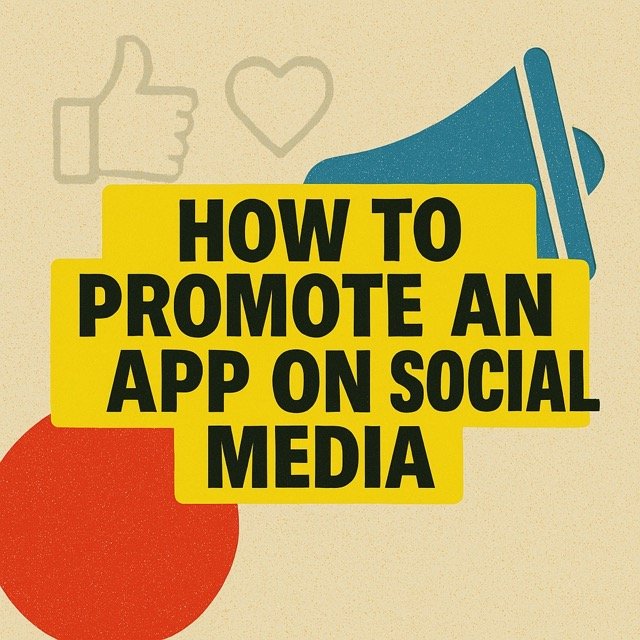How to Promote an App on Social Media? This is the Fastest Path to Promoting Your App on Social Media (without wasting ad spend)
Today's Tip: Short-form video is the most underrated way to promote an app on social media and turn it into a top-ranking product.
When I launched my first app, I was stuck between choosing one of these three marketing channels:
Content Blogs
Organic Social Media
I had just watched startups burn hundreds of thousands of dollars running Facebook and Google campaigns.
They were trying to buy installs at scale…
But I knew paid ads were max risky without a dialed-in product. Running ads too early was playing the user acquisition game on hard mode.
So I crossed paid off the list.
This left me with blogs and social content.
In my gut, I knew SEO could work for long-term compounding traffic…
But I was overwhelmed by the time it would take to rank, and I didn’t want to wait 6–12 months to see traction.
So I turned to organic social.
And out of necessity — because I needed installs now — I went all-in on short-form video across TikTok, Instagram, and YouTube Shorts.
At first, my only goal was to get visibility — to see if I could get even 100 people to try the app.
Even though the content format was new to me, I figured that if I could show the app solving a real problem in under 30 seconds, I could catch attention.
What I didn’t expect?
That strategy alone would drive thousands of installs… for free.
Now I’ve helped promote multiple apps this way — driving tens of thousands of installs and topping niche category charts — using only organic short-form video.
I’ve now realized that short-form is the fastest, most cost-effective way to promote an app on social media — especially for early-stage founders.
What most people get wrong…
When you’re trying to promote an app, fast feedback loops are everything.
Let’s compare the formats:
A blog post takes 6–8 hours to write and weeks to rank on Google
A YouTube video takes 15+ hours to produce and a week to evaluate
But a short-form video takes 2–4 hours and gives you feedback in 24 hours
You can post 1–2 times per day and see exactly which angles, hooks, and CTAs actually convert to installs.
This means you get 5–10x more testing cycles than other formats.
Suddenly one month of content becomes six months of learnings.
Here’s what that looks like in compounding improvement:
(365 short-form tests/year) × 1.01^365 = 37.8
(52 long-form pieces/year) × 1.01^52 = 1.68
You get 22.5x better in the same time period when you iterate daily.
And here’s what nobody tells you about short-form video and app promotion:
Every video is a chance to:
Showcase your app in action
Educate users about your features
Trigger installs via pinned links, CTAs, or app store previews
Build trust — so they actually use it after download
Each post is an ad slot. Whether you're renting that to other brands or using it for your own product… every slot has value.
Post daily, and you’ve got 5–7 high-leverage promotion opportunities per week.
Now, here’s what changed my perspective completely:
If just 1 out of 5 of your app promotion videos drives measurable installs — you’re stacking low-cost acquisition channels while building a community around your product.
And that’s the real growth flywheel.
Why short-form wins for app promotion:
Learn faster what messaging converts
Grow faster with high-volume testing
Build trust by showing—not telling
Increase installs with less paid spend
Optimize app store listings based on content feedback
Now don’t get me wrong — paid ads, SEO, and YouTube all have their place.
But when you’re launching or scaling your first app, and you want real growth without spending $20K+ upfront, short-form video is the smarter path.
I know this because I’ve seen it work — again and again.
Short-form video lets you promote your app, find your ideal users, and build traction — all on social, without burning your budget.
Don’t sleep on this.
P.S. Want to shortcut your app promotion strategy book a FREE Zoom call with me and I will help you
People also read:
Mobile App Development Roadmap: The Truth Behind Smooth Launches
What is Feature Creep? Most App Founders Get Product Scope Completely Wrong
KPI for Apps: How to Adjust Your Growth Strategy When Vanity Metrics Stop Working
